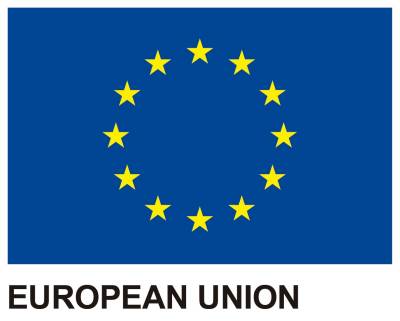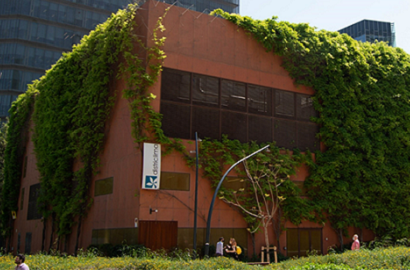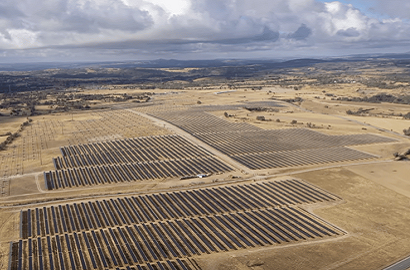Cepsa and C2X to Build Europe's Largest Methanol Plant in Huelva

They are set to invest one billion euros and create 2,500 jobs to produce up to 380,000 tonnes per year
Cepsa and C2X have announced at the Dubai climate summit (COP28) that they will build the largest green methanol production plant in Europe and one of the five largest in the world in Huelva. The Spanish company, owned by Mubadala and Carlyle, along with the Danish company created by A.P. Moller Holding and A.P. Moller - Maersk for the production of sustainable methanol, plan to produce around 300,000 tonnes of fuel per year, avoiding the emission of up to one million tonnes of carbon dioxide into the atmosphere.
The final decision on this investment is expected to be made in 2025, and is estimated at around one billion euros. The initiative will generate approximately 2,500 direct and indirect jobs and will serve to promote the Andalusian Green Hydrogen Valley, the proposal with which Cepsa and its partners aim to produce two gigawatts of this sustainable fuel from 2030 onwards. Some of this hydrogen will be used to fuel the new green methanol plant.
Sustainable energy leaders
The project could turn Andalusia into one of the world's most competitive hubs for the production and transport of green molecules, whilst positioning Spain as a leader in sustainable energy. The plant will be able to supply numerous industries, including the chemical and maritime transport sectors, which play a major role in Huelva's economy.
The alliance between Cepsa and C2X is a direct consequence of the collaboration agreement signed in November 2022 by the Spanish government and the A.P. companies, Moller and Maersk, with the aim of exploring the possibilities of producing sustainable fuels in our country. It does at the same time support bilateral cooperation between Spain and Denmark on energy transition.
Reducing pollutant emissions
Green methanol is produced from green hydrogen and carbon derived from non-fossil fuels, which can be obtained from the atmosphere or generated from agricultural and forestry residues. By replacing traditional methanol, it reduces pollutant emissions from sectors such as chemicals and plastics production, as well as long-distance shipping.
McKinsey predicts that the demand for methanol will triple globally by 2050, reaching 300 million tonnes per annum. Producing this material sustainably will help curb emissions, but Cepsa emphasises the need for support from governments and other bodies to ensure production and supply at a reasonable price.
Reindustrialisation and energy transition
The president of the government, Pedro Sánchez, emphasised that this investment should be “fully aligned with the Spanish strategy of reindustrialisation and energy transition. We want 81% of our energy generation to come from renewable sources by 2030. Green hydrogen will play a crucial role and, thanks to projects like this one, Spain will become a world leader”.
Cepsa CEO Maarten Wetselaar described the agreement as “another milestone in our strategy to make Spain a European hub for green molecules in this decade, with viable projects to reduce emissions in sectors that are difficult and urgent to decarbonise. We will work with the Spanish government to develop the regulatory framework necessary for this project to be successful and scalable”.
Finally, C2X CEO Brian Davis said, “We see a growing demand for green methanol to help industries such as shipping, aviation, and chemicals move away from fossil-based energy solutions. While this project has a solid foundation, it will need a supportive framework to be able to offer a competitive source of green methanol to its customers. We look forward to working with Cepsa and the Spanish government to bring this project to fruition.
Photo: Cepsa




